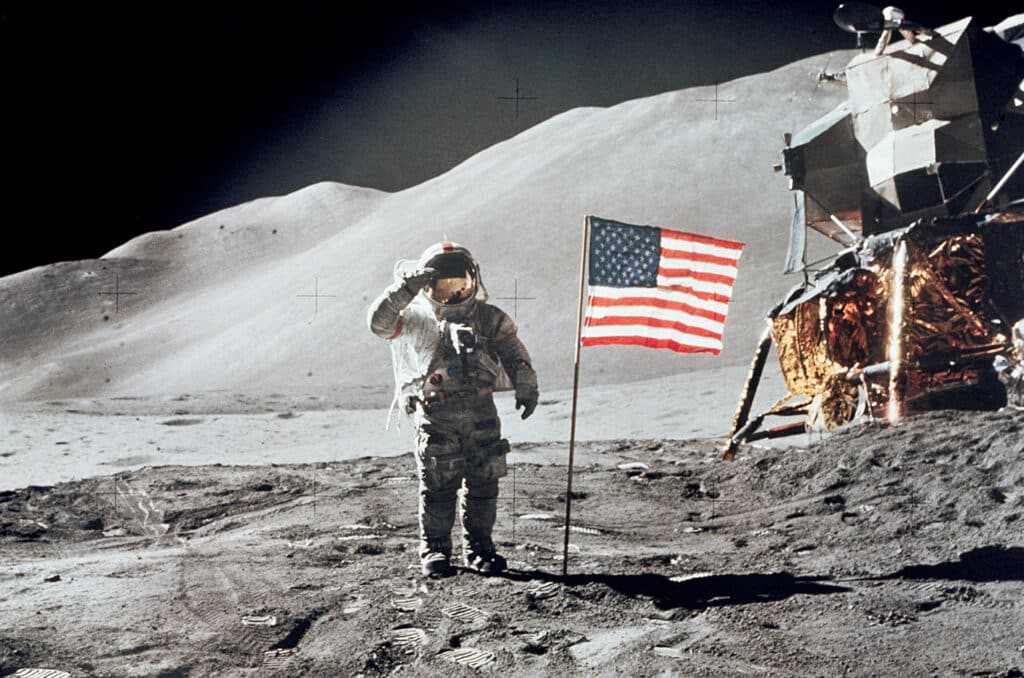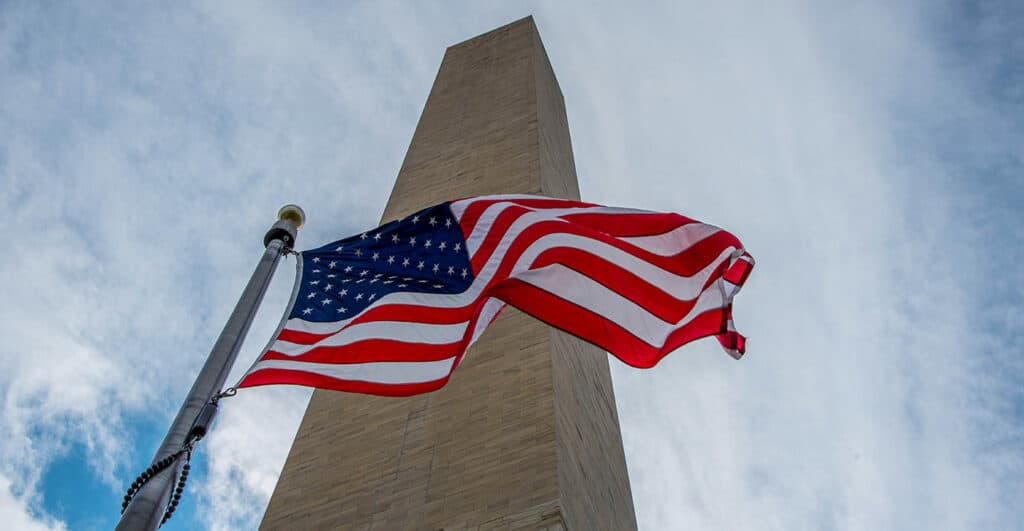Fun American Flag Facts
The American Flag is not just a piece of fabric. It is symbolic of the fabric of our society as a nation. It has been carried far and wide as a symbol of American pride, all the while serving as an emblem of the freedom we hold dear.
Here are 13 US Fun Flag Facts – honoring the original 13 colonies!
There have been 27 versions of the American Flag.
From the 1777 original that had 13 stars and 13 stripes for the American colonies, there have been many changes and iterations of the flag. Each time a state was added to the union, a star was added. We, of course, now stand with 50 stars and 13 stripes.
The First flag was originated on June 14th, 1777.
The original United States flag was first authorized by Congress June 14, 1777. This date is now observed as Flag Day throughout America.
The Flag has a national day of recognition.
Flag Day, which celebrates the anniversary of the Flag Resolution of 1777, was established by the Proclamation of President Woodrow Wilson on May 30th, 1916 after years of local celebrations, and signed into law by President Harry Truman.
The flag can be displayed for all 24 hours.
While it is Federal law that the flag should be displayed from sunrise to sunset (unless there’s inclement weather), there are measures that can be taken to show the flag for all 24 hours. All that needs to be added is proper illumination of the flag so it can be seen in the dark. Look for the Valley Forge Flag Solar Micro Light at your local Ace Hardware Store.
The United States Flag is one of the oldest flags in the world
The United States is over 200 years old, and older than the Tri-Color of France, and the Union Jack of the United Kingdom.
The colors were chosen carefully.
The Red, White and Blue did not just happen by accident. The founding fathers wanted the colors to have meaning, not just look visually pleasing. Red symbolizes hardiness and valor, white symbolizes purity and innocence and blue represents vigilance, perseverance and justice.
The current design wasn’t professionally made.
While Elizabeth “Betsy” Ross, designed, and sewed the original United States flag in Philadelphia, Pa for our founding fathers; it was a 17-year-old high school student, Robert G. Heft, of Lancaster, Ohio who submitted the design in a contest in 1958. It was chosen out of over 1,500 submissions by President Dwight Eisenhower.
The current flag is the only one to have lasted more than 50 years.
As stated above, there have been many changes to the design of the American Flag. But the one we currently observe is the longest running iteration of the symbol, likely because no states have been added to the union since 1959.
A snippet of the flag the Star Spangled Banner was written about was sold in 2011.
The flag that flew at Ft. McHenry, immortalized by Francis Scott Key, is still around. A 2″ x 5″ swatch of it was sold at an auction in 2011 for a whopping $38,000. The rest of the flag is on display at Smithsonian’s National Museum of American History.
The United States is the only nation in the world whose National Anthem is about its National Flag.
That’s right—of all the nation’s in the world, the United States is the only nation, whose National Anthem (i.e. The Star Spangled Banner) is about it’s national symbol—the United States Flag.
Flags should be disposed of in a “dignified manner.”
If an American Flag is damaged beyond repair and you need to dispose of it, you can burn it with dignity. Many municipalities around the country conduct flag burnings on Memorial Day or the Fourth of July where you can participate. Many Ace Hardware locations also have official flag disposal containers.
The flag can touch the ground and still be used.
There is a myth that once a flag touches the ground it needs to be burned or disposed of. That’s not entirely true. If a flag is soiled or touches the ground, it can be washed and dry cleaned and continue to be used.

Astronaut David R. Scott, commander, gives a military salute while standing beside the deployed United States flag during the Apollo 15 lunar surface extravehicular activity (EVA) at the Hadley-Apennine landing site, August 1st, 1971. Image provided by NASA.
Five American Flags have made it to the moon.
You have probably seen Neil Armstrong on the moon with an American Flag, but he is not the only one to plant one on the surface of the moon. Five additional Apollo missions, 12, 14, 15, 16, and 17, ended with an astronaut placing a flag on the moon. All these United States flags were manufactured by Valley Forge Flag of Wyomissing, Pennsylvania.

